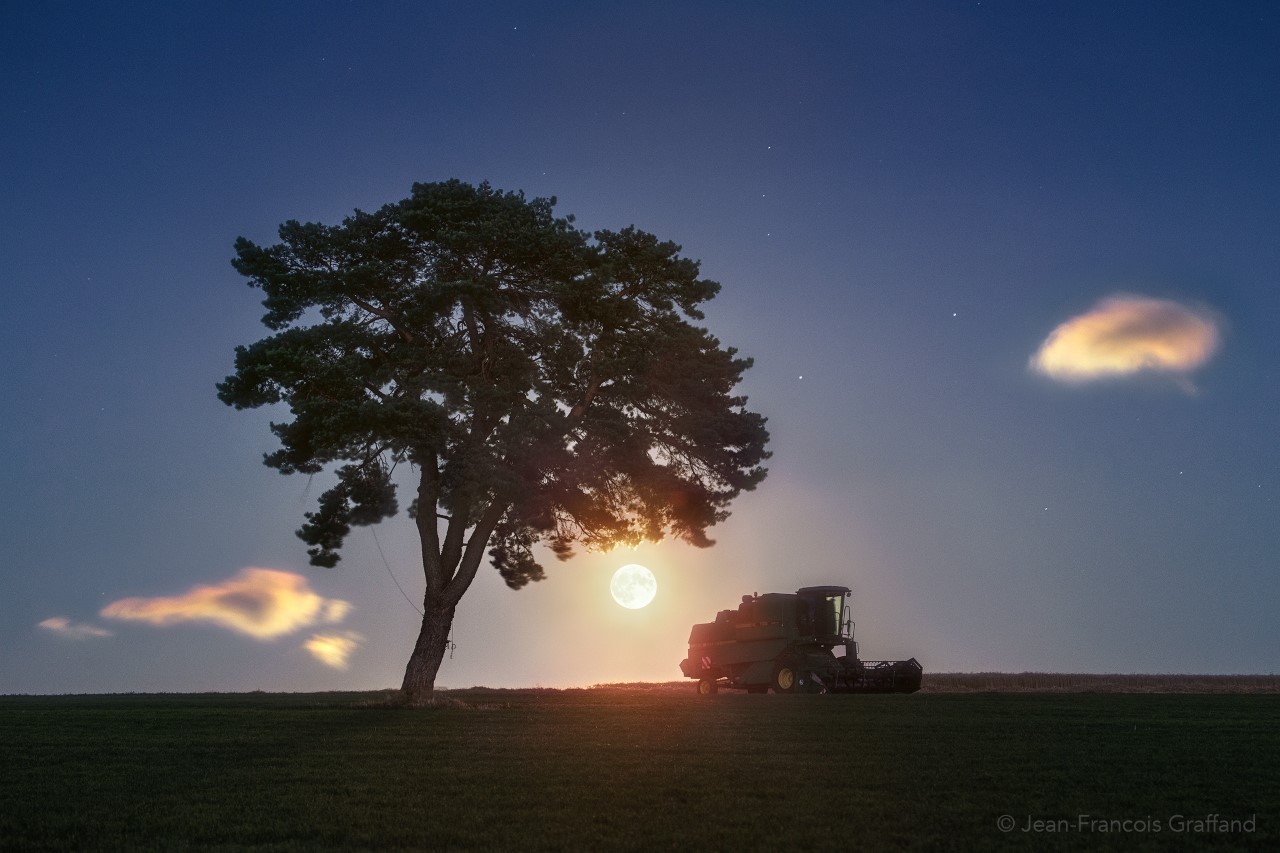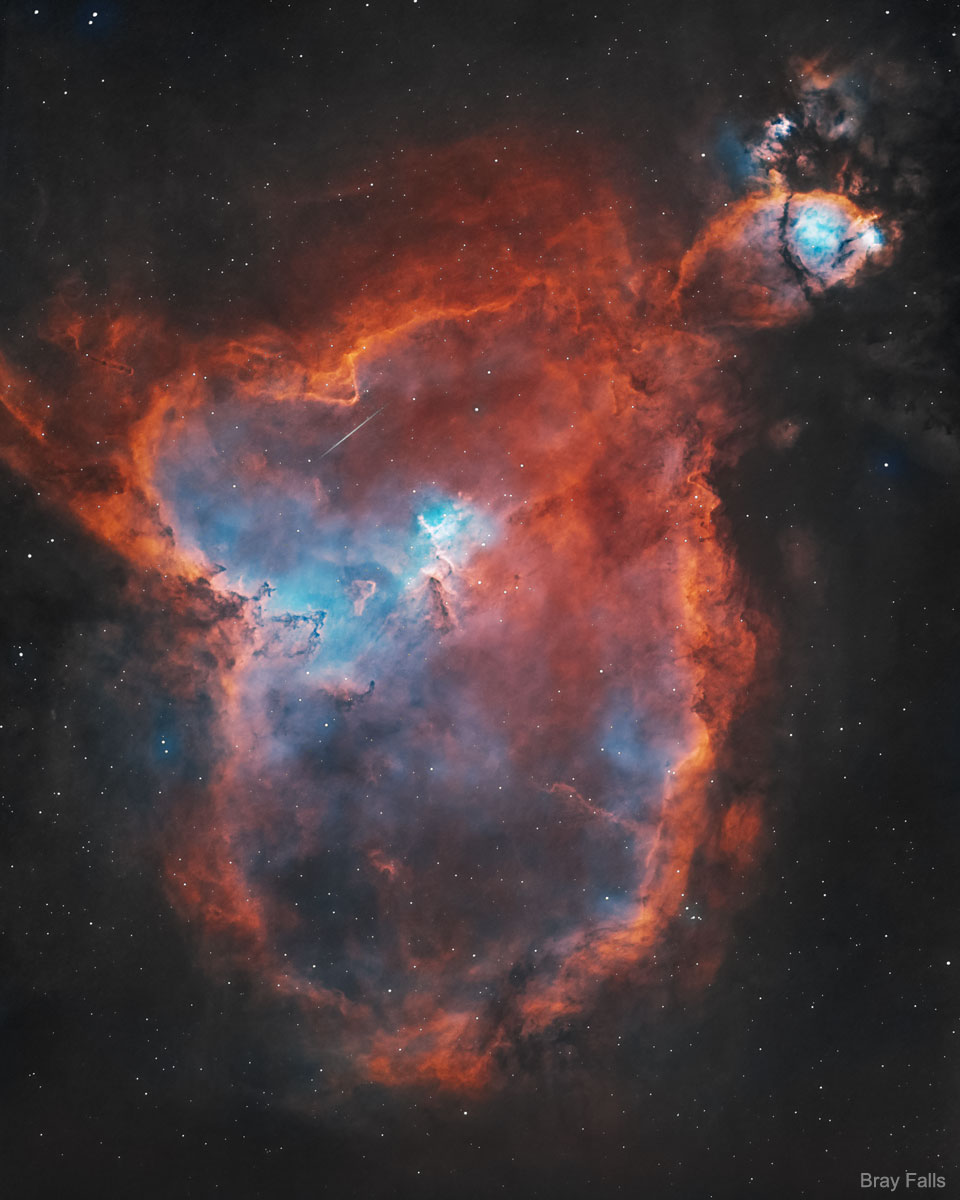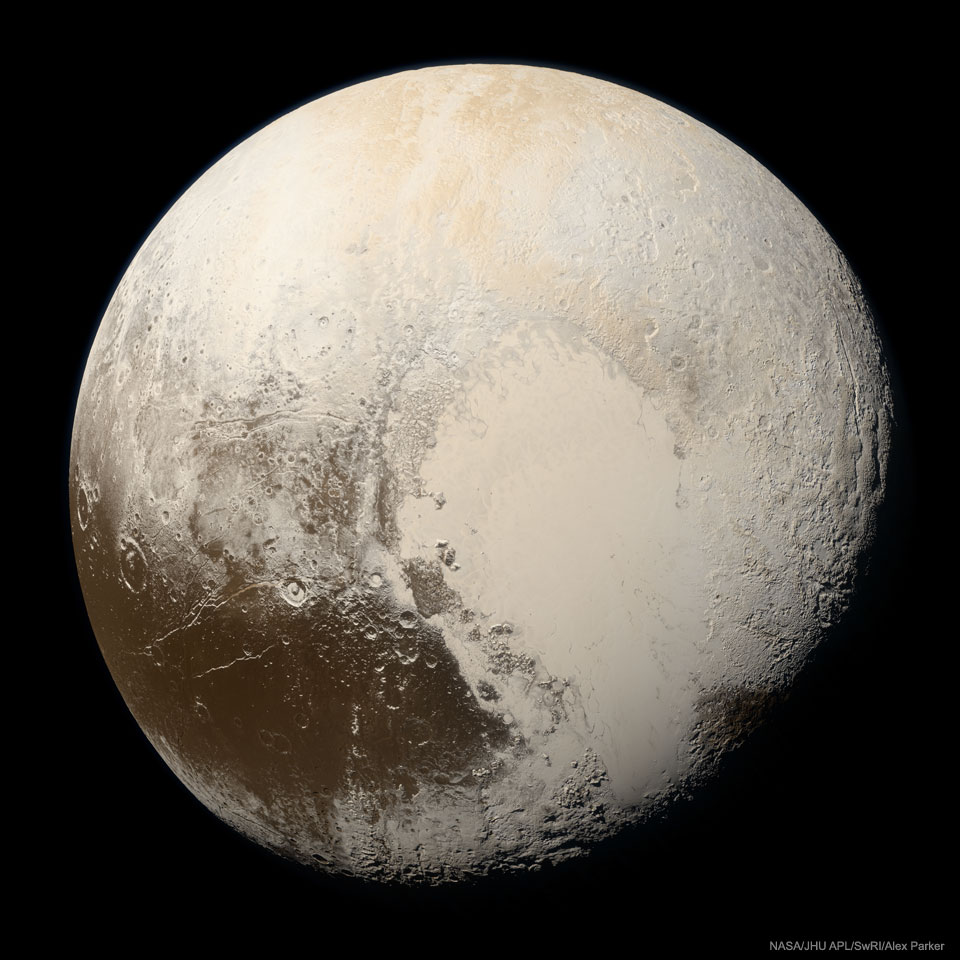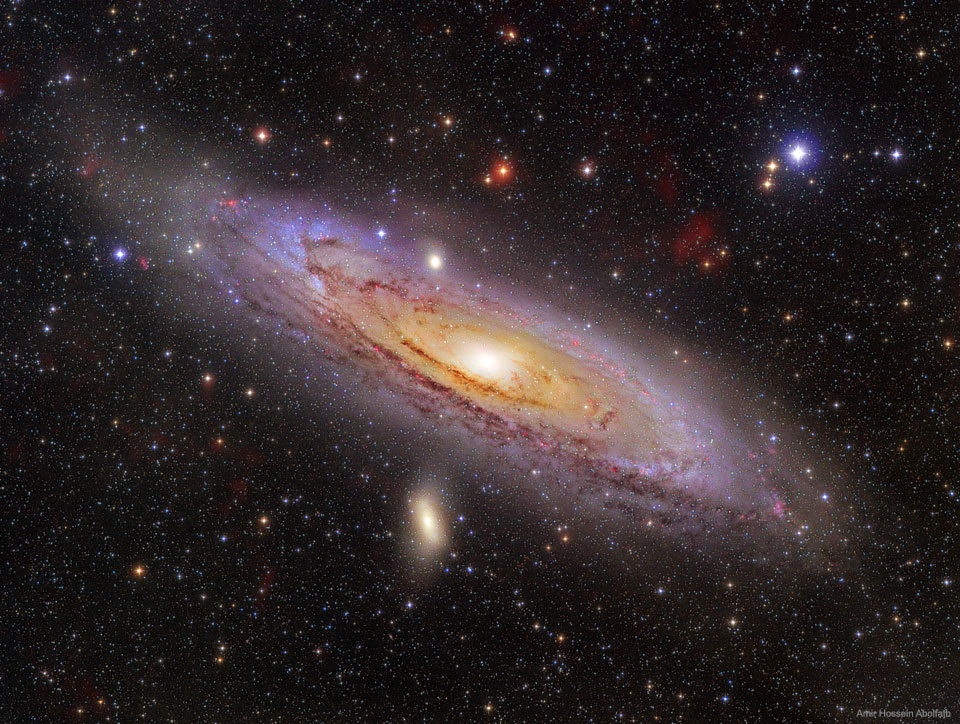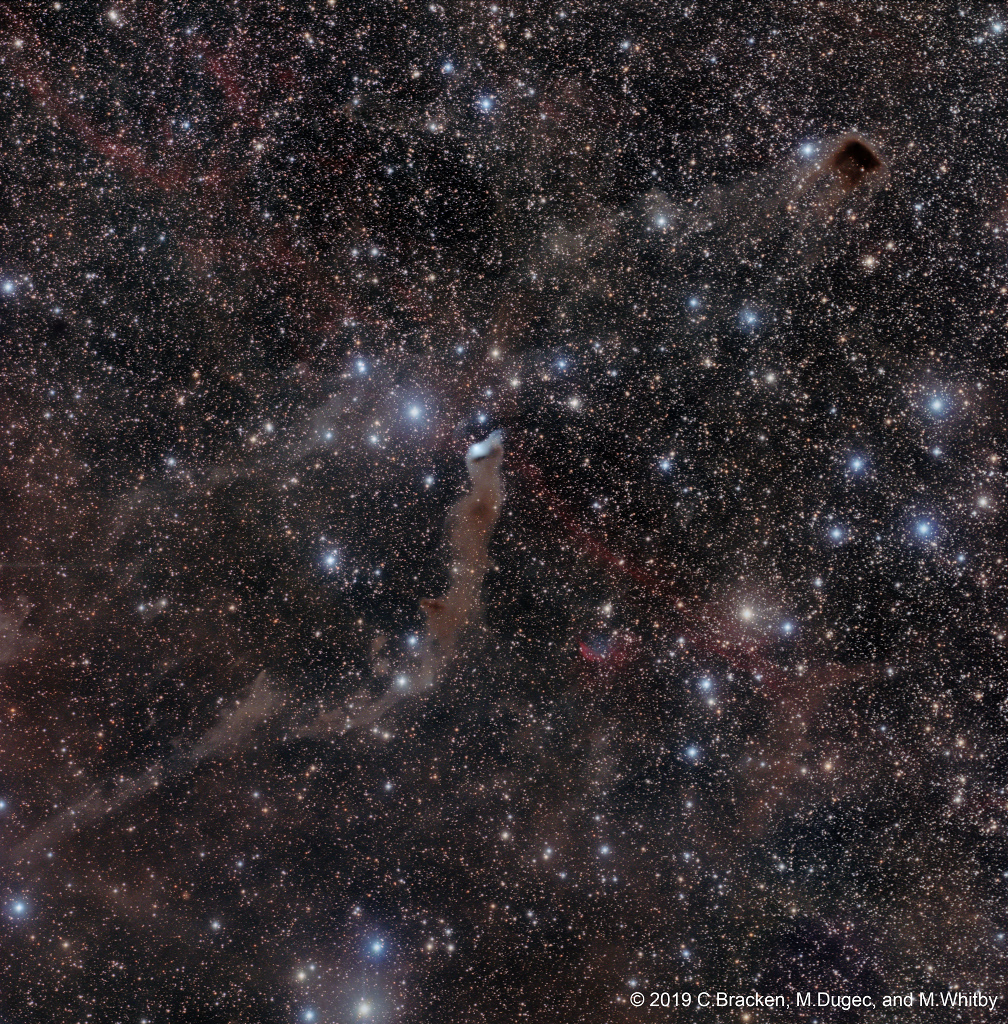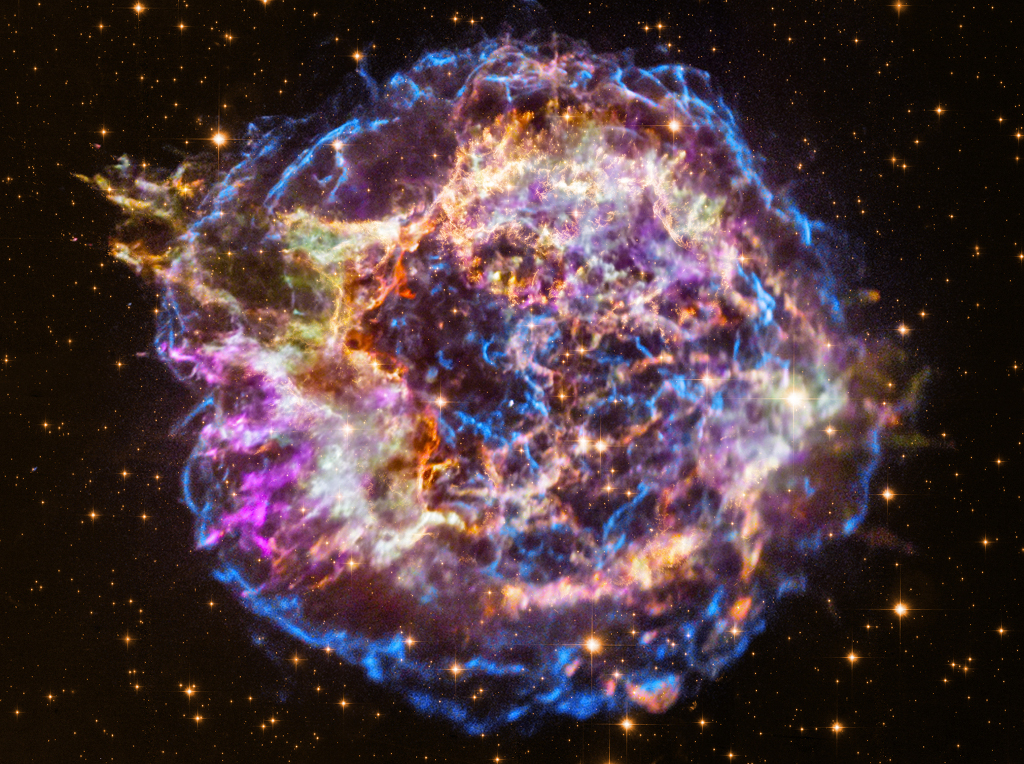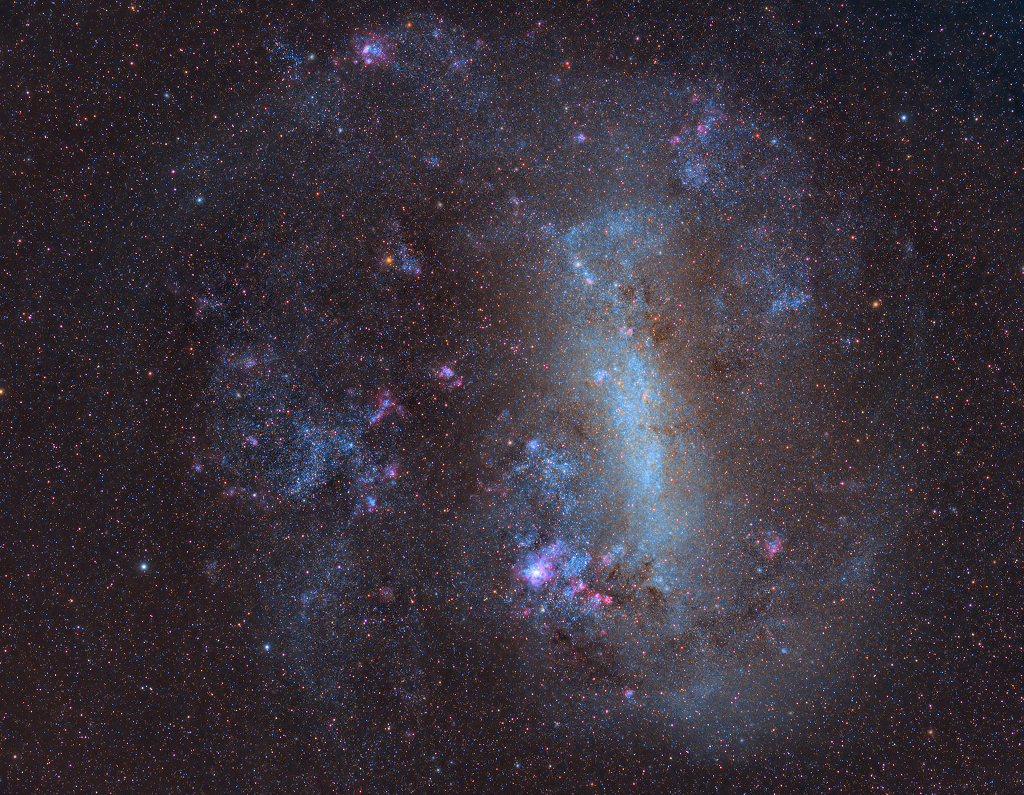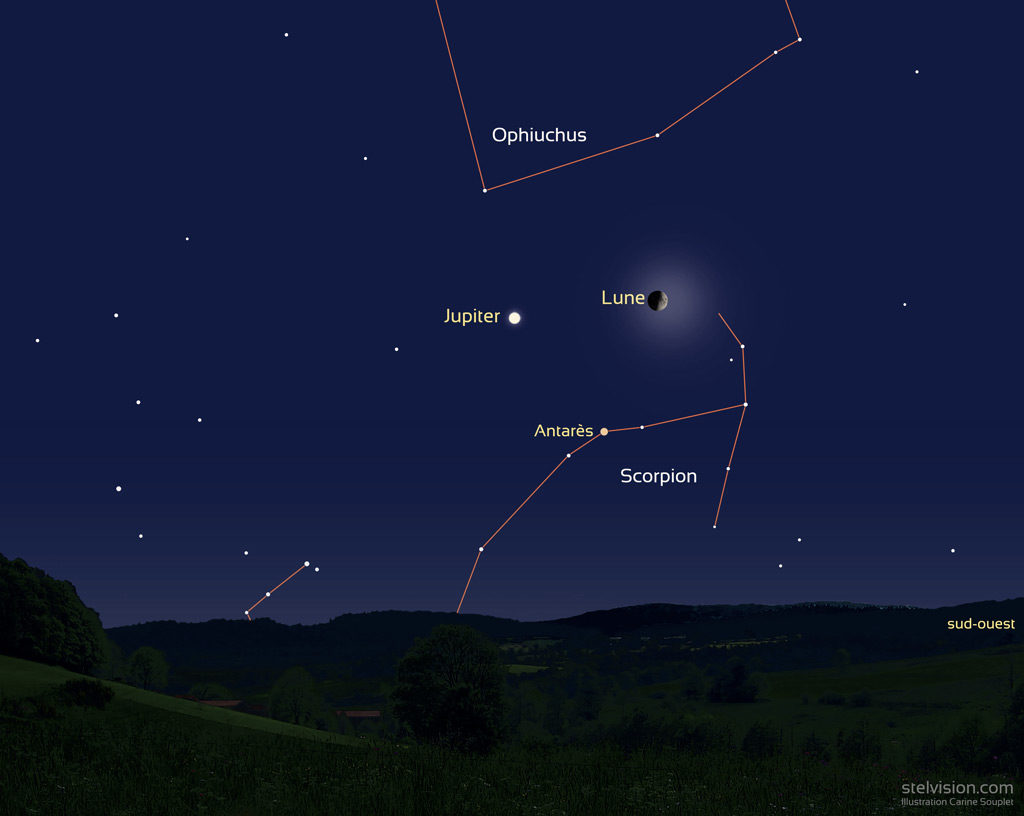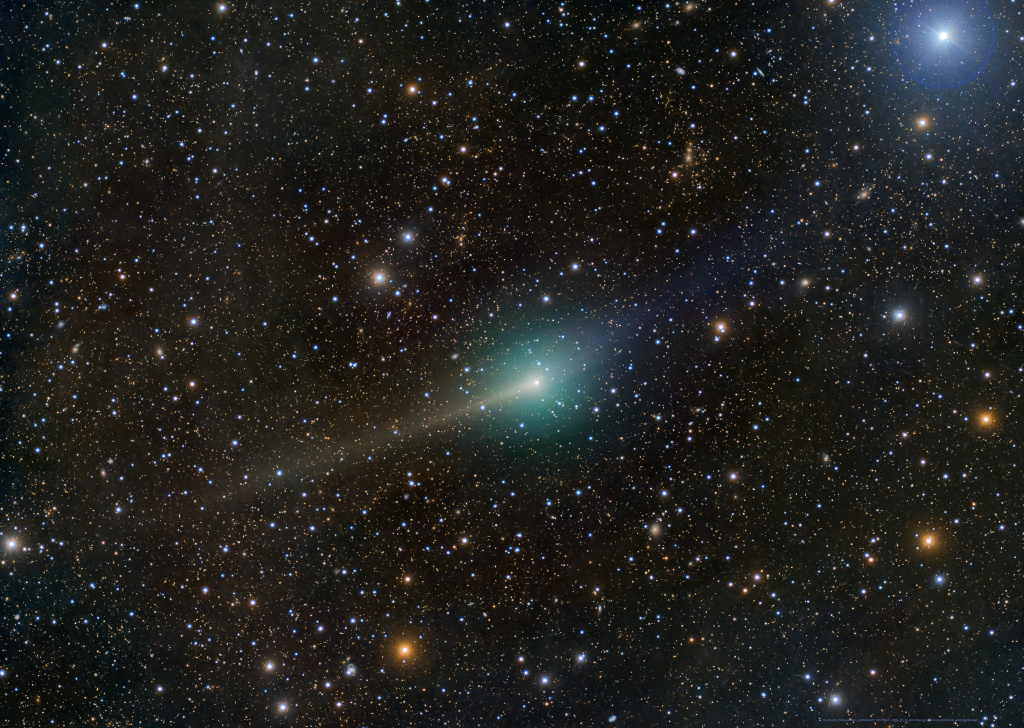"Here Come the Co-Eds"
Phil Spitalny fue un músico, crítico musical, compositor y líder de banda estadounidense, habitual en la programación radiofónica de las décadas de 1930 y 1940. Se hizo famoso por formar una orquesta en la que todos sus componentes eran mujeres, algo novedoso en esa época. En esta edición podemos apreciar a la orquesta en su plenitud, teniendo como solista a Evelyn y su Violin Mágico. Las escenas pertenecen a la película "Here Come the Co-Eds", de 1945, protagonizada por el dúo Abbott & Costello.
